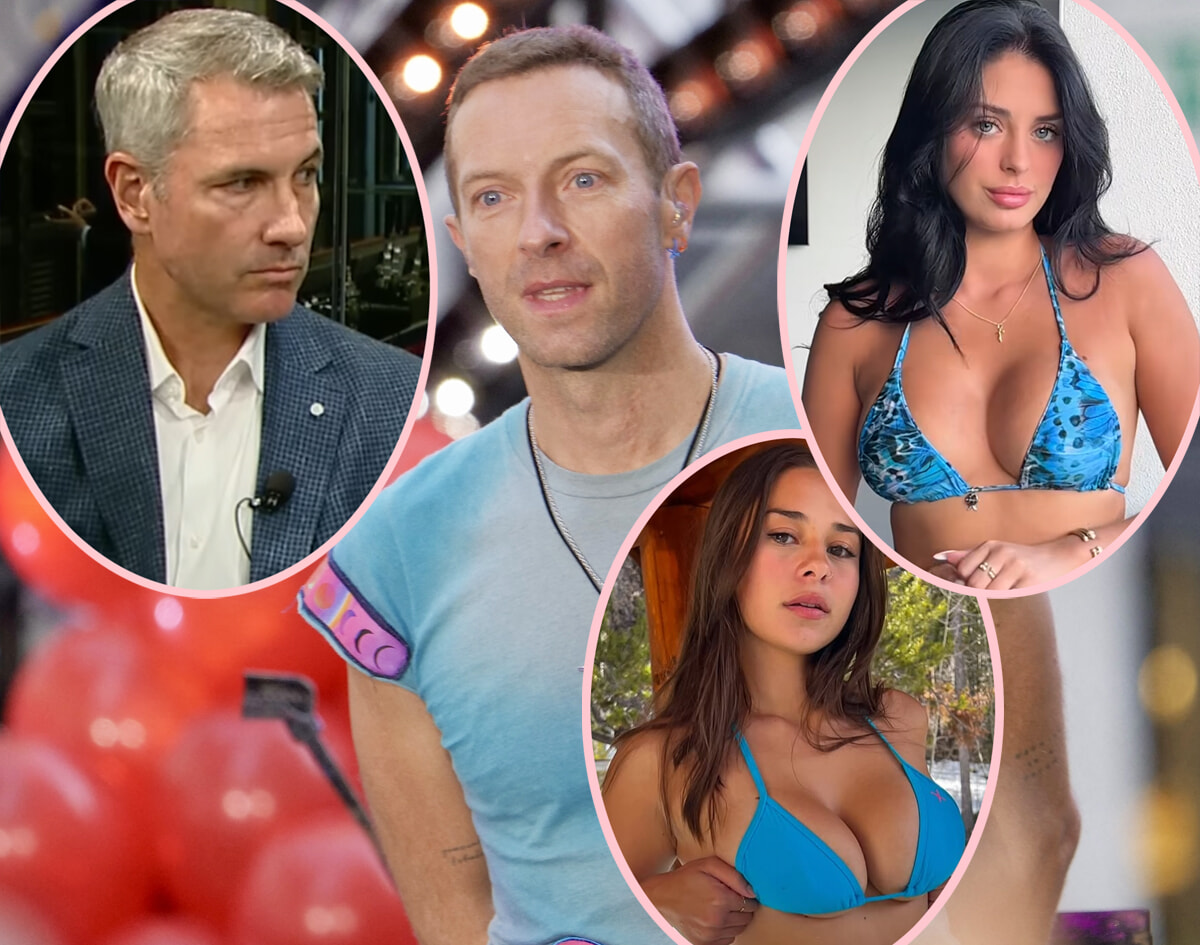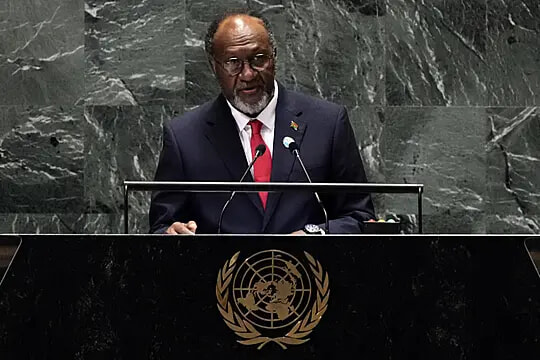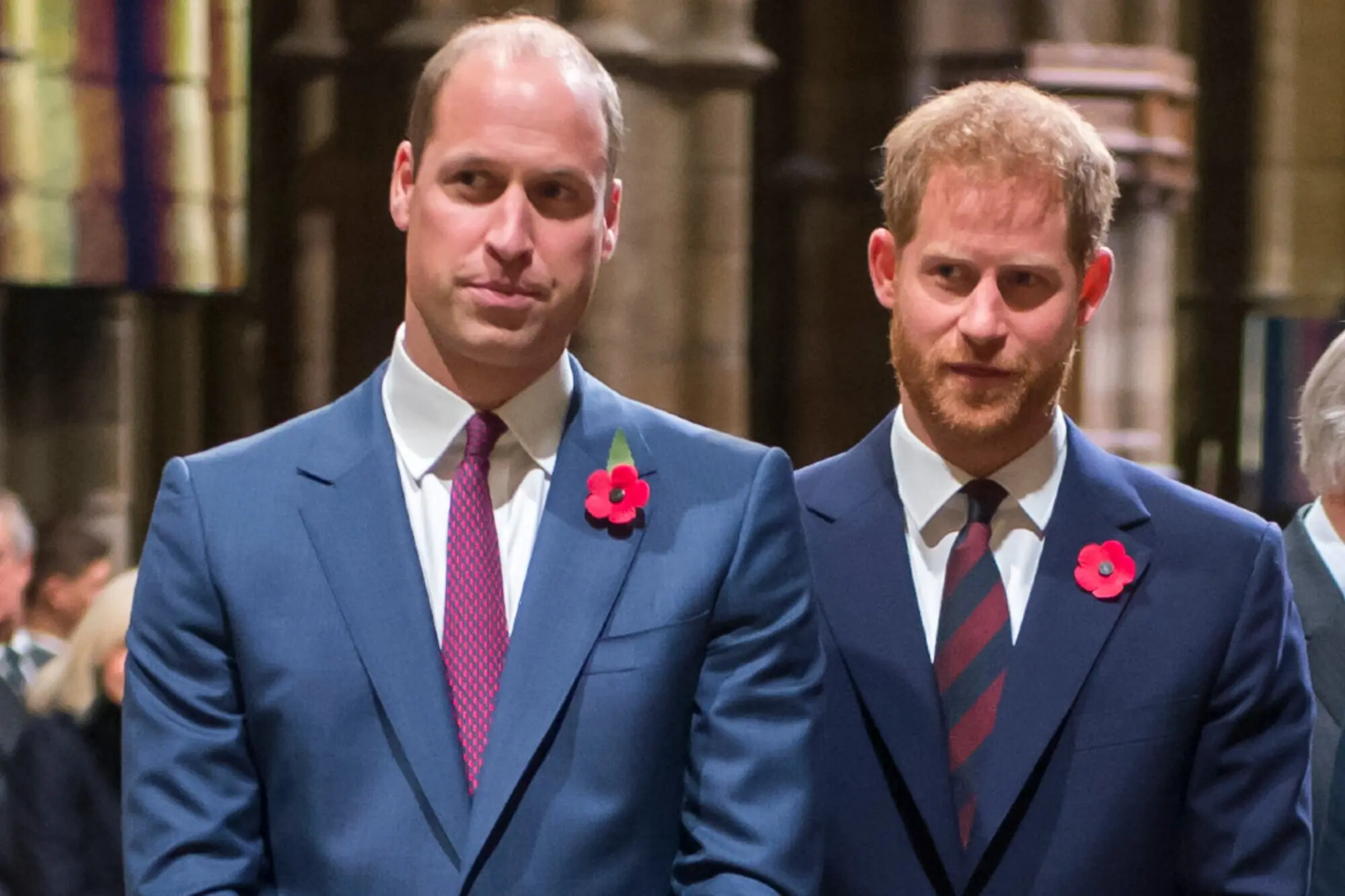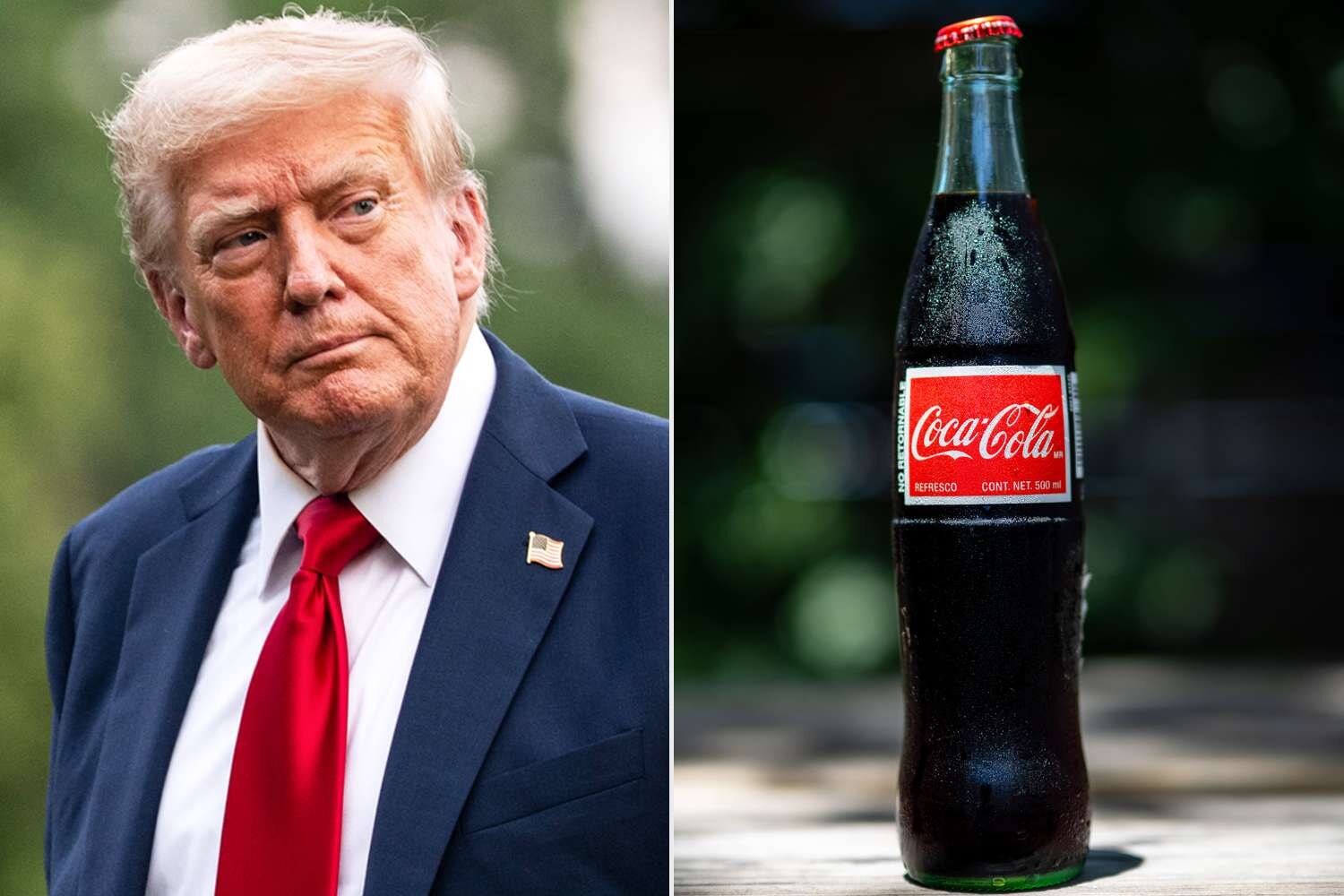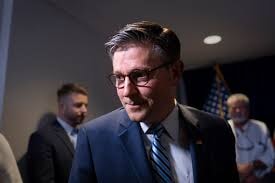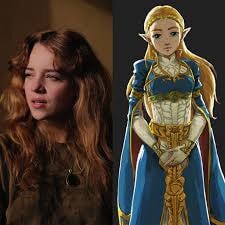
Nintendo Has Announced the Star's of Their Upcoming 'Legend of Zelda' FIlm
Finally.
Published July 21, 2025
Advertisement
Advertisement
1. A Legend Awakens
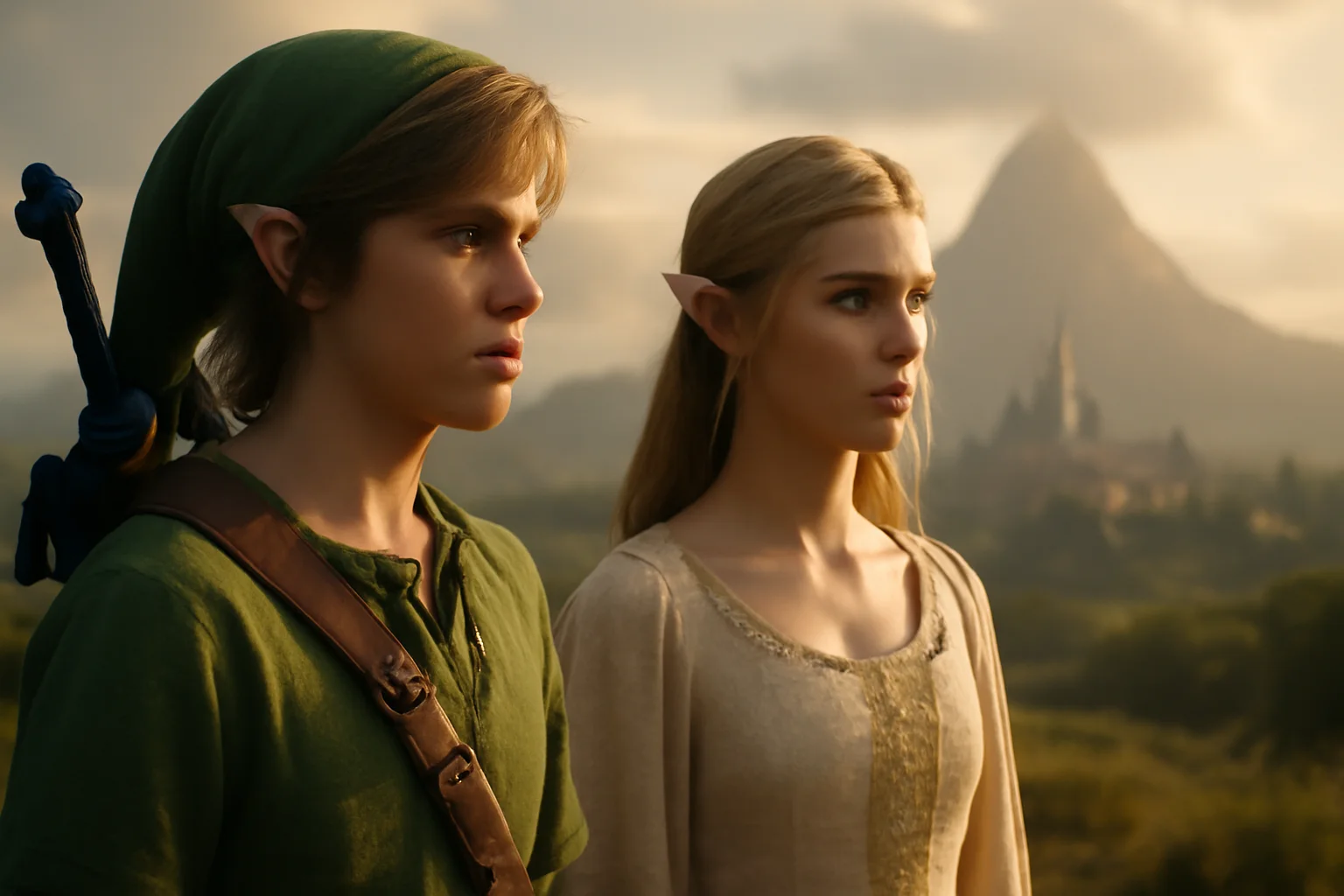
For nearly four decades, the name "The Legend of Zelda" has resonated across generations as a beacon of adventure, heroism, and timeless fantasy.Since its inception in 1986, the franchise has set the gold standard for video game storytelling, casting players into the mystical land of Hyrule to witness epic battles between light and darkness.Through pixelated dawns and cinematic twilights, the saga of Link and Zelda has morphed, evolved, and enchanted, accumulating over 150 million copies sold and countless hearts won.The resonance of the series deepened with each sequel, its mythos expanding as new worlds, characters, and timelines emerged from the creative minds of Shigeru Miyamoto and Takashi Tezuka.The legend transcended the screen, becoming a cultural pillar, influencing everything from music and film to fashion and digital art.Fan speculation often ran rampant about whether Zelda would ever make the leap to live-action, especially after other game adaptations ignited the box office.The recent global success of "The Super Mario Bros. Movie" only intensified calls for Zelda to step out from the shadowy forests and sunlit fields of consoles and into the flickering light of the cinema.Rumors swirled, wish lists circulated, and debates burned over which actors could possibly embody the iconic duo who have, for so long, lived in pixels and player imagination.The anticipation grew into a collective yearning—a hunger to see the world of Hyrule reimagined, recast, and reborn for a new age.As whispers turned to headlines, it became clear: the legend was no longer content to stay confined to controllers and cartridges.Something monumental was stirring; the adventure was about to be reborn for an entirely new audience, ready to heed the call of destiny once again.
Advertisement
2. Zelda's Cinematic Destiny
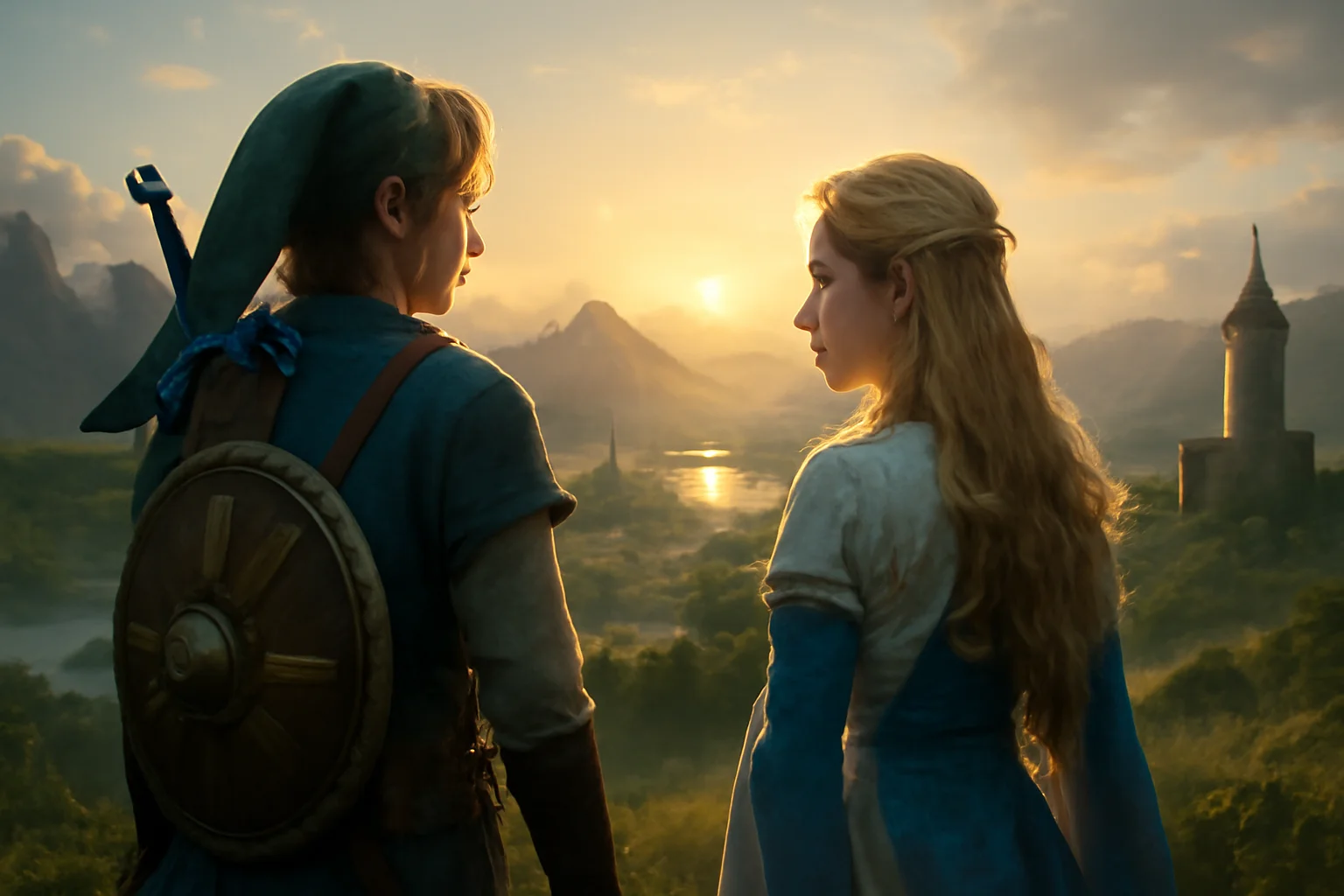
The journey from code to celluloid has always been fraught with challenges, but few adaptations have carried the weight of expectation like Zelda’s.In November 2023, Nintendo revealed its ambitious plans to partner with Sony and Avi Arad Productions for a live-action film, sending shockwaves through the industry and fandom alike.Speculation became a sport as the internet buzzed with names—A-listers, rising stars, and dark horses all jostling for the right to wear the green tunic or wield the royal scepter.Fans, critics, and casual observers alike filled social media with their dream castings, dissecting every rumored shortlist and alleged screen test.The creative torch was placed in the hands of director Wes Ball, fresh off the "Maze Runner" trilogy and "Kingdom of the Planet of the Apes," tasked with shepherding one of gaming’s most sacred legends into cinematic reality.Screenwriter Derek Connolly and producer Shigeru Miyamoto himself were named as part of the brain trust guiding this storied franchise toward its new horizon.The promise was not just a visual spectacle but a film that honored the source material’s spirit: a tale as grounded and real as it was whimsical and wondrous.With a release date penciled in for May 7, 2027, the countdown began—a timeline that would see Zelda’s legend reborn for an era of blockbuster adaptations and global streaming.Yet, even as the project gained momentum, the question lingered: who could possibly bring Link and Zelda to life?The pressure was immense; the stakes, colossal; the world, waiting with bated breath.As each casting rumor flared and faded, the truth was quietly taking shape, destined to surprise even the most dedicated fans.
Advertisement
3. The Casting Saga
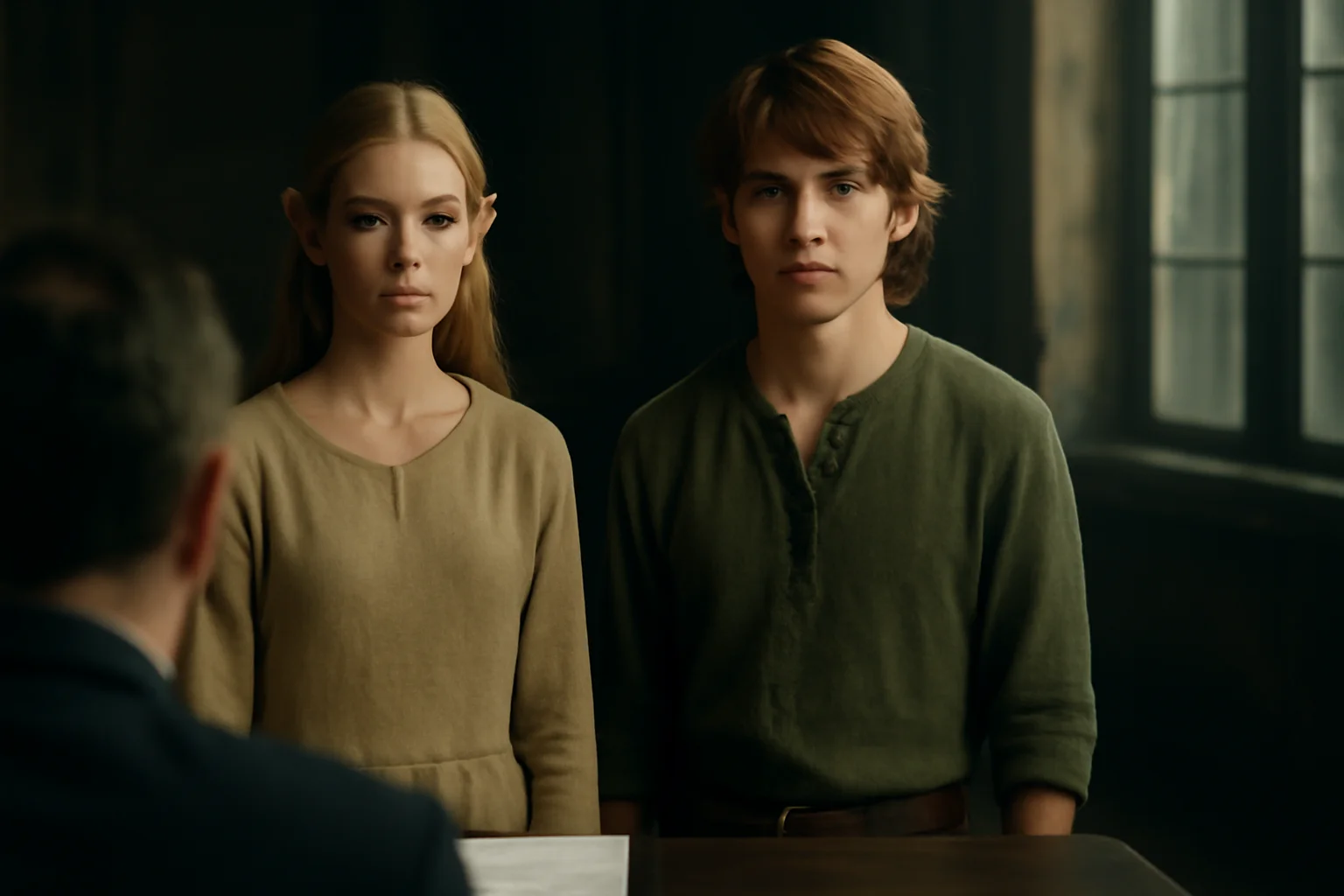
Behind closed doors and carefully curated auditions, a new legend was being forged, away from the glare of fandom speculation.While online forums filled with feverish debates over dream actors, the real process demanded a different kind of magic—a blend of talent, chemistry, and an intangible spark.Zelda, an enduring symbol of wisdom and quiet strength, required an actress who could balance nobility and vulnerability, while Link’s role demanded silent courage and an expressive presence that transcended words.Sony and Nintendo, meticulous in their pursuit, considered a wide swath of young talent from across the globe, seeking those rare individuals who could shoulder the legacy of Hyrule.Among the hopefuls, a few names began to emerge: Bo Bragason, a relative unknown in the U.S. but with a growing reputation in British cinema, and Benjamin Evan Ainsworth, a young actor whose voice and presence had already impressed in earlier projects.Industry whispers suggested that both brought an authenticity to their roles—a sense of grounding that felt true to the spirit of Zelda and Link.As the process drew to its conclusion, excitement mounted behind the scenes, with producers confident they had discovered the right alchemy of talent and heart.The stakes were clear: not only would these actors embody legendary roles, but their performances would help define the film’s legacy for years to come.Every screen test, every audition, every moment was weighed not just for spectacle, but for substance, for a connection that could bridge game and reality.Finally, after months of secrecy, the decision was made, and the next phase of the journey could begin.The world would soon know the faces destined to carry Zelda’s torch into a new era.
Advertisement
4. Meet the New Heroes
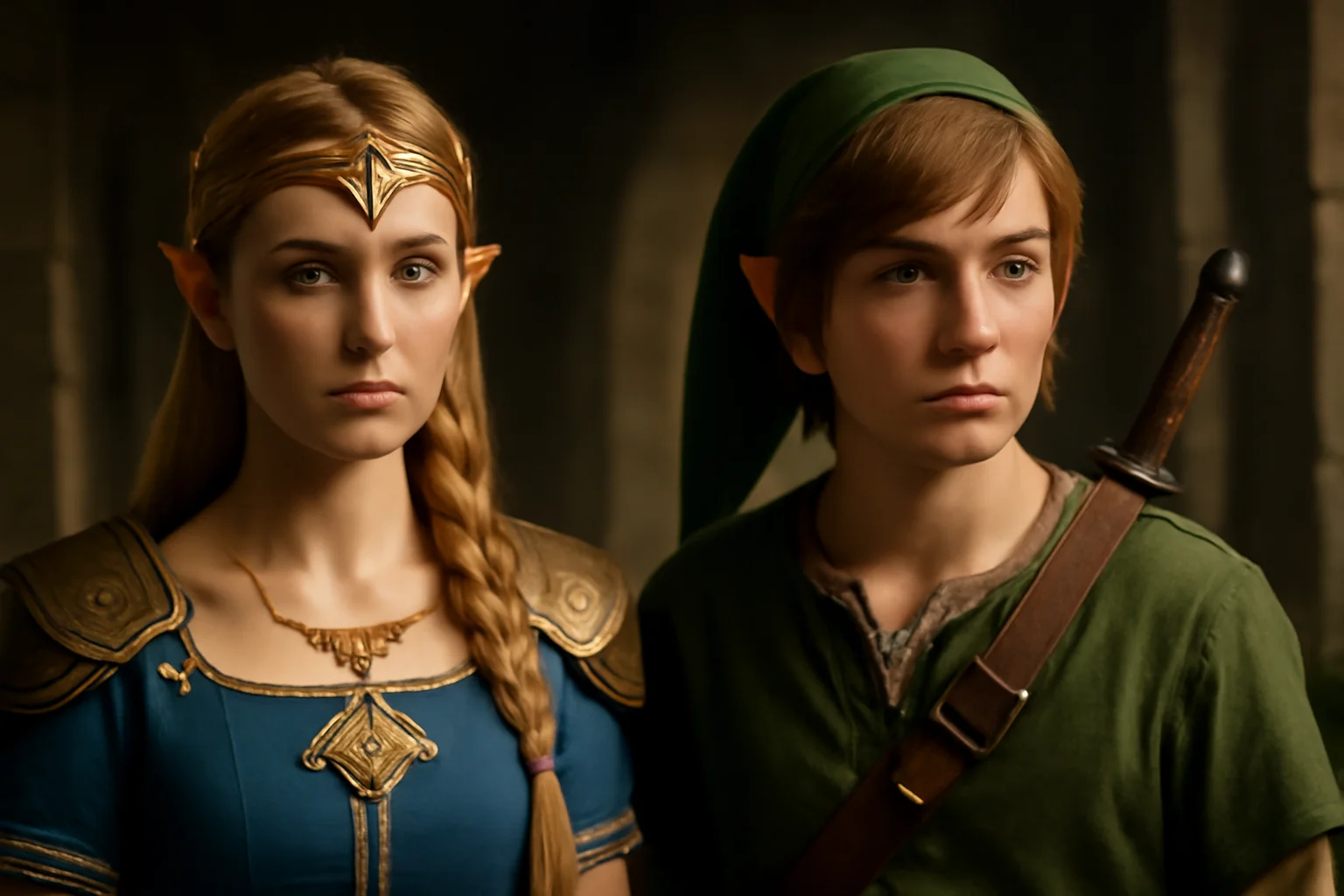
The announcement came not with fanfare, but with a quiet confidence, as Nintendo’s Shigeru Miyamoto unveiled the new faces of Hyrule to a waiting world.Bo Bragason, best known for roles in “Renegade Nell” and “The Radleys,” was revealed as the new Princess Zelda—a choice that promised poise, depth, and a sense of lived-in royalty.Standing beside her, Benjamin Evan Ainsworth emerged as Link, the courageous protagonist whose previous work in “Pinocchio” and “The Haunting of Bly Manor” hinted at a remarkable range and quiet strength.Images of the duo in costume circulated rapidly, sparking conversation and analysis as fans poured over every detail, searching for hints of their favorite characters brought to life.The casting news echoed across continents, with gaming communities dissecting the choices and industry insiders noting the boldness of selecting two rising stars rather than established household names.Miyamoto’s endorsement was clear and emphatic: he was “very much looking forward” to seeing both actors on the big screen, a statement that instantly set the tone for the project.The response, a mix of excitement, curiosity, and the inevitable skepticism, reflected just how deeply the legend ran for so many people.For Bo Bragason and Benjamin Evan Ainsworth, the announcement marked the start of a new chapter—a leap from relative anonymity into the global spotlight.As interviews and profiles surfaced, it became clear these young actors understood the scale and significance of the task ahead.Yet, with talent, humility, and the blessing of the franchise’s creator, the torch had been passed.Hyrule’s new guardians had been chosen; the stage was set for an epic retelling.
Advertisement
5. From Pixels to Flesh and Blood
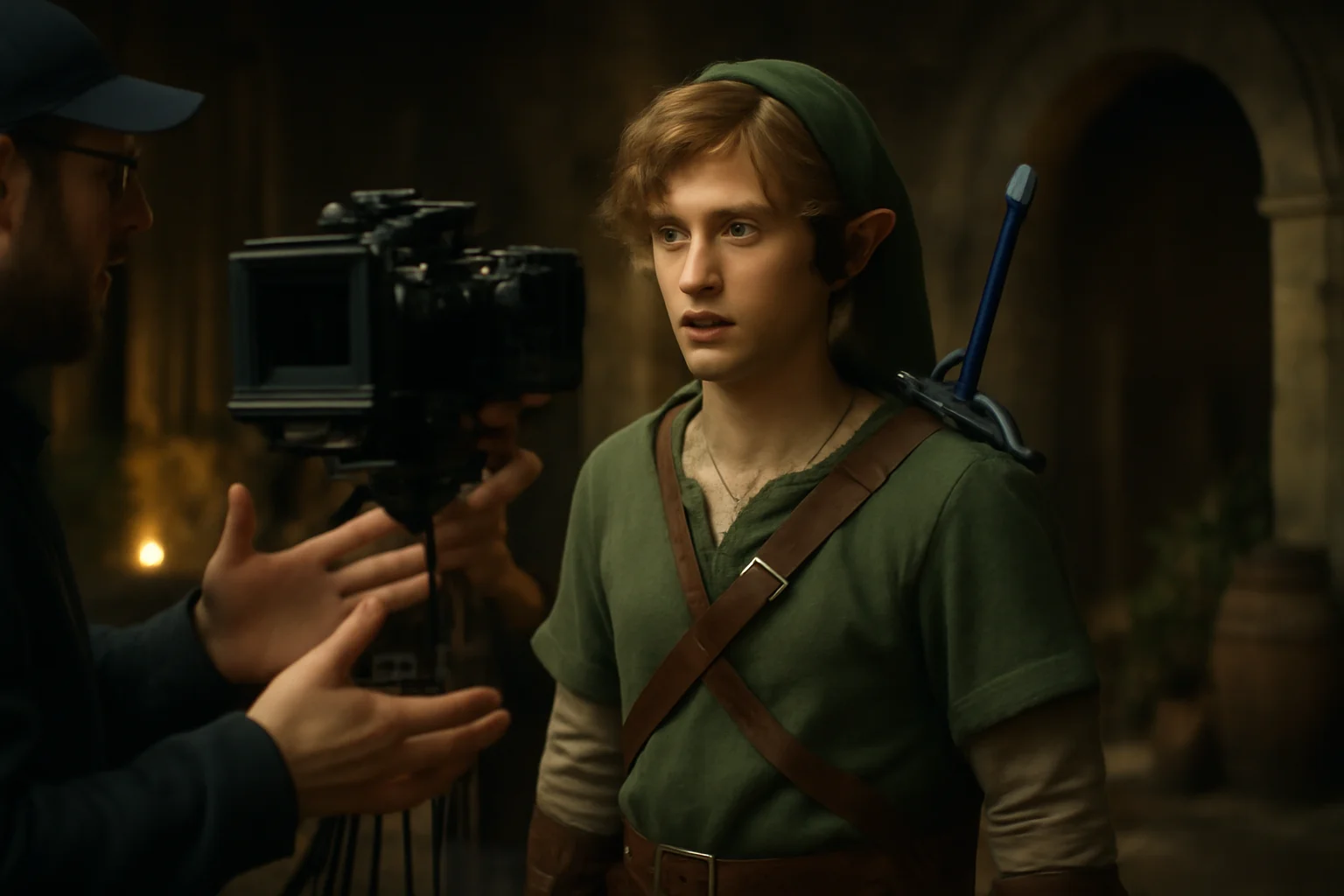
With the leads secured and the creative team assembled, production on the “Legend of Zelda” live-action film moved into high gear, blending technology, artistry, and vision in unprecedented ways.Director Wes Ball spoke openly about his desire for a “grounded” and “real” cinematic experience, eschewing pure CGI in favor of tangible sets and lived-in worlds.Screenwriter Derek Connolly worked alongside Miyamoto and producer Avi Arad to craft a script that honored the franchise’s core themes: courage, wisdom, power, and the eternal battle against darkness.As costume designers, set builders, and concept artists began translating Hyrule’s iconic imagery into real-world elements, the project took on a palpable energy.The goal was ambitious—to create a film that not only satisfied decades of fan anticipation but invited new audiences into Zelda’s expansive universe.This transition was not just about technical prowess; it was about capturing the heart of an enduring legend and making it resonate on the largest possible stage.Behind the scenes, Bo Bragason and Benjamin Evan Ainsworth prepared rigorously, studying the games, learning the lore, and embodying the essence of their characters.The creative team faced daunting questions: How to reimagine the Master Sword, the Triforce, the landscapes of Hyrule in a way that felt fresh but familiar?As the world waited for its first trailer, every decision carried weight, every detail scrutinized for authenticity and impact.The journey from game to film had begun in earnest, with every step watched by a global audience invested in the fate of a kingdom they had loved for a generation.
Advertisement
6. The Actors' Journeys
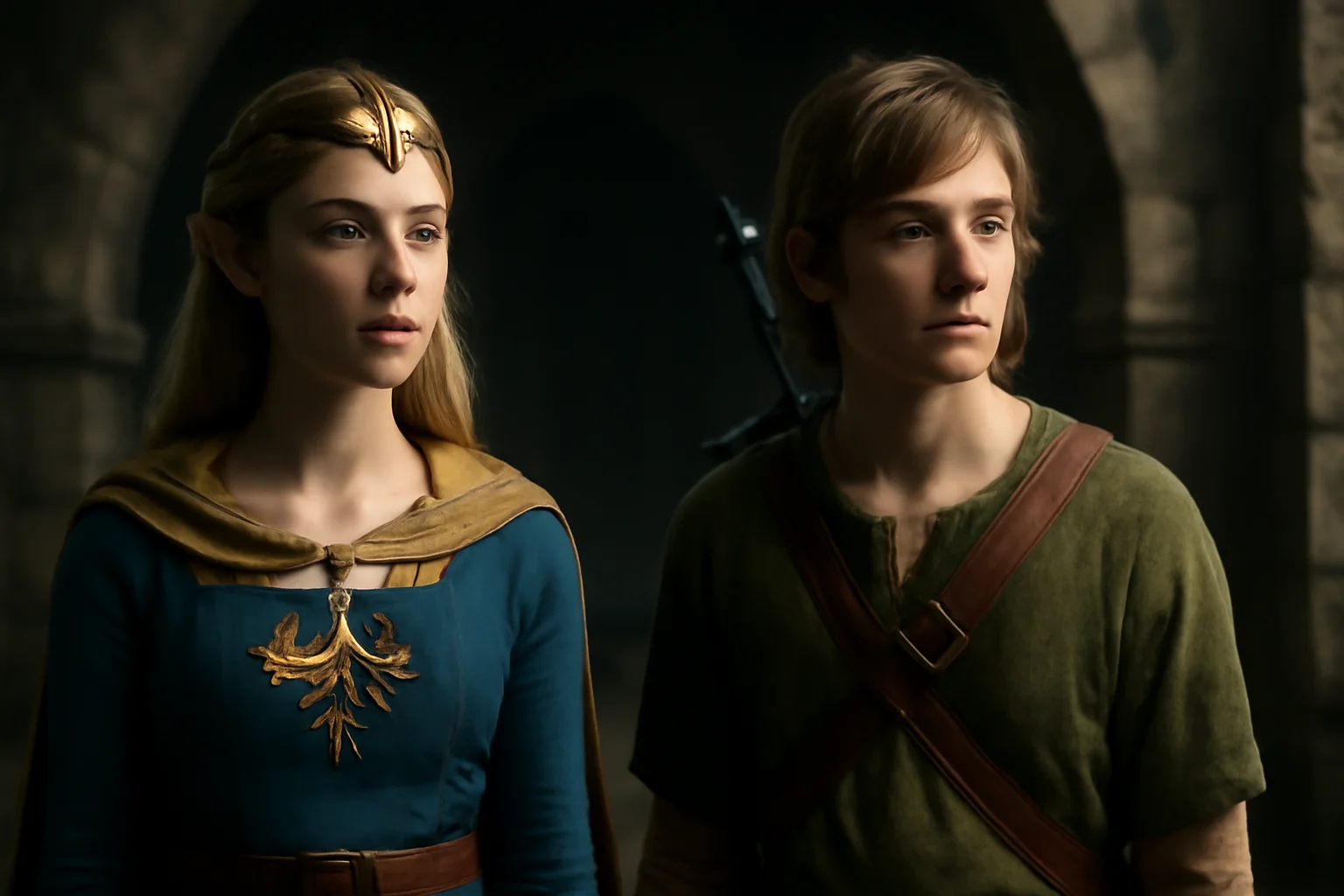
For Bo Bragason and Benjamin Evan Ainsworth, stepping into the roles of Zelda and Link was a transformation as profound as anything in the games themselves.Bragason, whose previous credits ranged from BBC drama “Three Girls” to Netflix’s “Renegade Nell,” spoke of a lifelong fascination with strong, multifaceted female characters and the challenge of bringing such a beloved princess to life.Her approach was marked by a mix of reverence and courage, diving deep into Zelda’s history across the games to craft a performance that was both regal and relatable.Ainsworth, meanwhile, leaned into Link’s tradition of silent heroism, drawing on his voice work as Pinocchio and his nuanced performances in drama and horror to create a protagonist who could convey volumes without words.Both actors credited the influence of working with seasoned directors, talented casts, and immersive sets as shaping their approach and giving them the confidence to shoulder such iconic roles.Each described the audition process as intense and transformative, a gauntlet that tested their ability to channel not just the actions but the souls of their characters.Media profiles and interviews began to reveal their personalities—curious, grounded, grateful for the opportunity to learn from each role and from the legendary creative team guiding the project.The learning curve was steep, but Bragason and Ainsworth embraced the challenge, aware that millions would judge their every gesture, expression, and battle cry.As production advanced, the duo grew into their roles, finding common ground with fans who had journeyed with Zelda and Link since childhood.Their own stories of perseverance, growth, and resilience echoed the very spirit of the franchise they now led.For these actors, the journey was just beginning, but their commitment ensured Hyrule’s future would be in capable hands.
Advertisement
7. Hyrule Reimagined
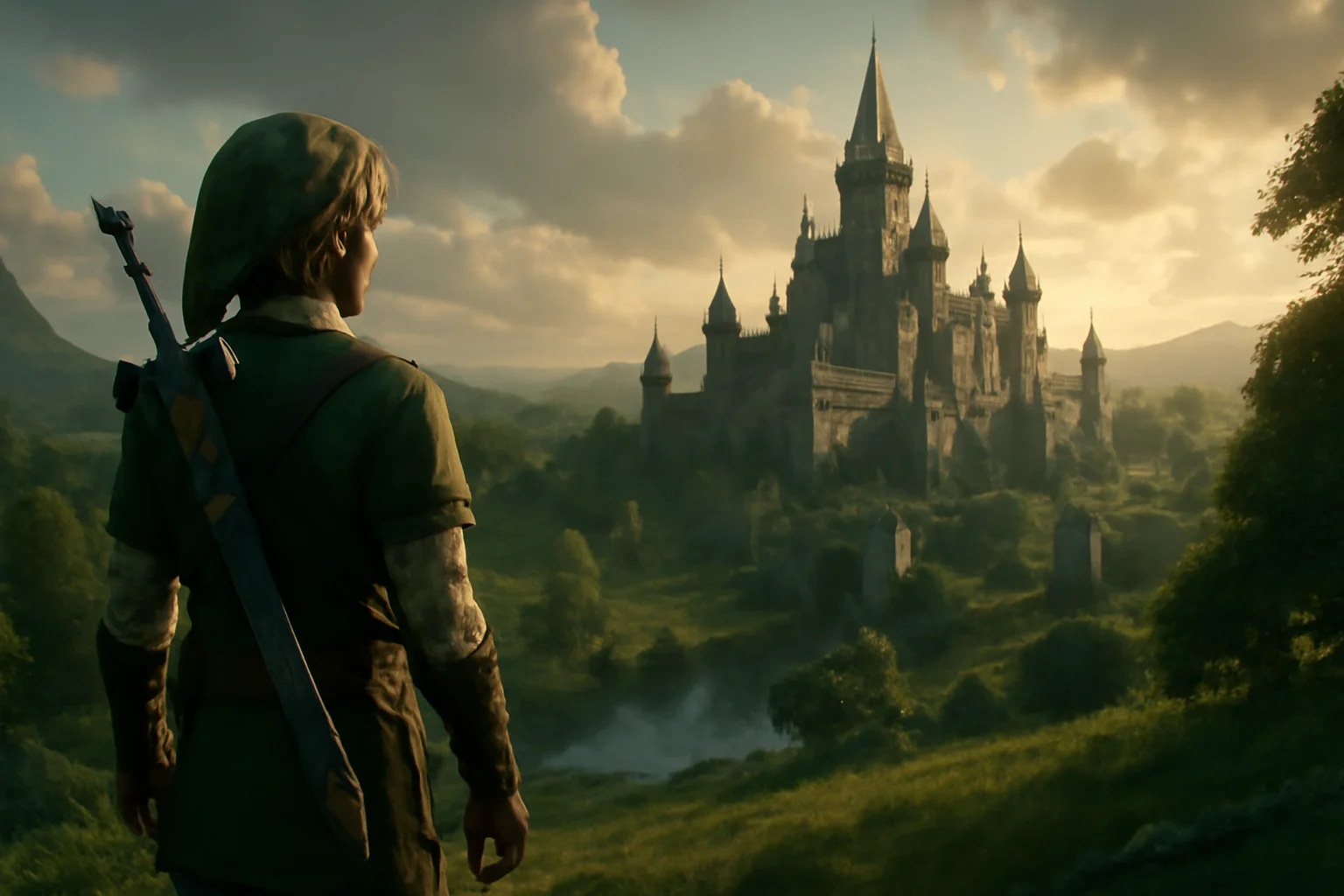
To bring the mythical realm of Hyrule to the big screen, the production team embarked on a journey as audacious as Link’s own adventures.Concept artists labored over every detail, transforming sketches into sprawling kingdoms, ancient forests, treacherous dungeons, and sunlit castles that captured the grandeur and mystery of the source material.Costume designers meticulously crafted garments that balanced fantasy and functionality, grounding the characters in a believable world while retaining the ethereal qualities fans adored.Cinematographers and lighting experts worked to create a visual language that felt both timeless and immediate, invoking nostalgia without sacrificing innovation.Director Wes Ball insisted on a tactile approach, constructing practical sets and leveraging real landscapes to immerse audiences in the journey.Visual effects teams blended state-of-the-art technology with practical magic, ensuring that every spell cast and every enemy vanquished felt authentic and impactful.As the world-building intensified, the creative team grappled with questions of tone, pacing, and scope—balancing epic battles with intimate moments of character and growth.With each new image released, anticipation mounted, as fans glimpsed the familiar made new, and the impossible made real.Industry insiders praised the production’s commitment to quality and detail, noting that Hyrule had never looked so alive.The stage was set for an epic tale, one that would redefine how fantasy, nostalgia, and storytelling could intertwine on screen.Hyrule, once a pixelated dream, was becoming a living, breathing kingdom, ready to welcome audiences old and new.
Advertisement
8. Fandom in Frenzy
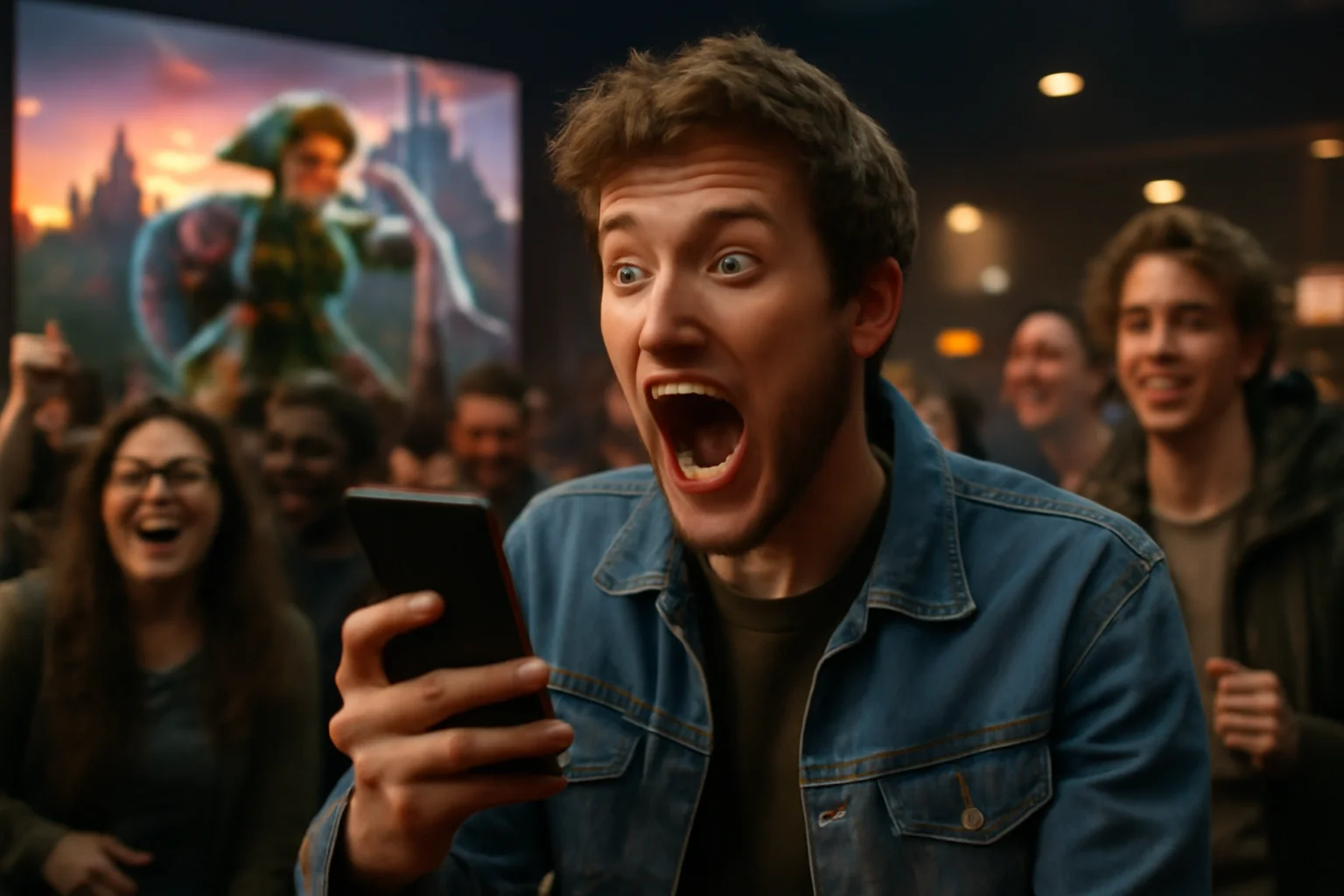
As details about the “Legend of Zelda” film trickled out, the reaction from fans and the wider entertainment community was electric.Social media platforms lit up with debates, artwork, and endless speculation about storylines, villains, and which iconic moments would make the leap from cartridge to cinema.Longtime fans dissected every casting choice, costume reveal, and production tidbit, eager to spot the clues that hinted at which era of Zelda lore would take center stage.For many, the casting of relative newcomers signaled a willingness to take creative risks and focus on authenticity over celebrity.Industry commentators noted the parallels between the project and other successful game adaptations, but emphasized the unique pressure that came with Zelda’s legacy.As interviews with the actors surfaced, their humility and excitement endeared them to audiences, sparking optimism about the future of the franchise.The film’s delay from March to May 2027 only heightened anticipation, with Nintendo promising to use the extra time to “make the film as good as it can be.”Questions swirled around the selection of Ganon, the depiction of iconic items, and the possibility of sequels or cinematic universes.Merchandise, fan events, and retrospectives on the games surged, feeding a hunger for more information and deeper connection.The energy became self-sustaining, as every teaser and reveal fueled a cultural moment unlike any in gaming adaptation history.For fans, the wait had become its own adventure—a shared quest that promised a legendary reward.
Advertisement
9. The Burden of Legacy
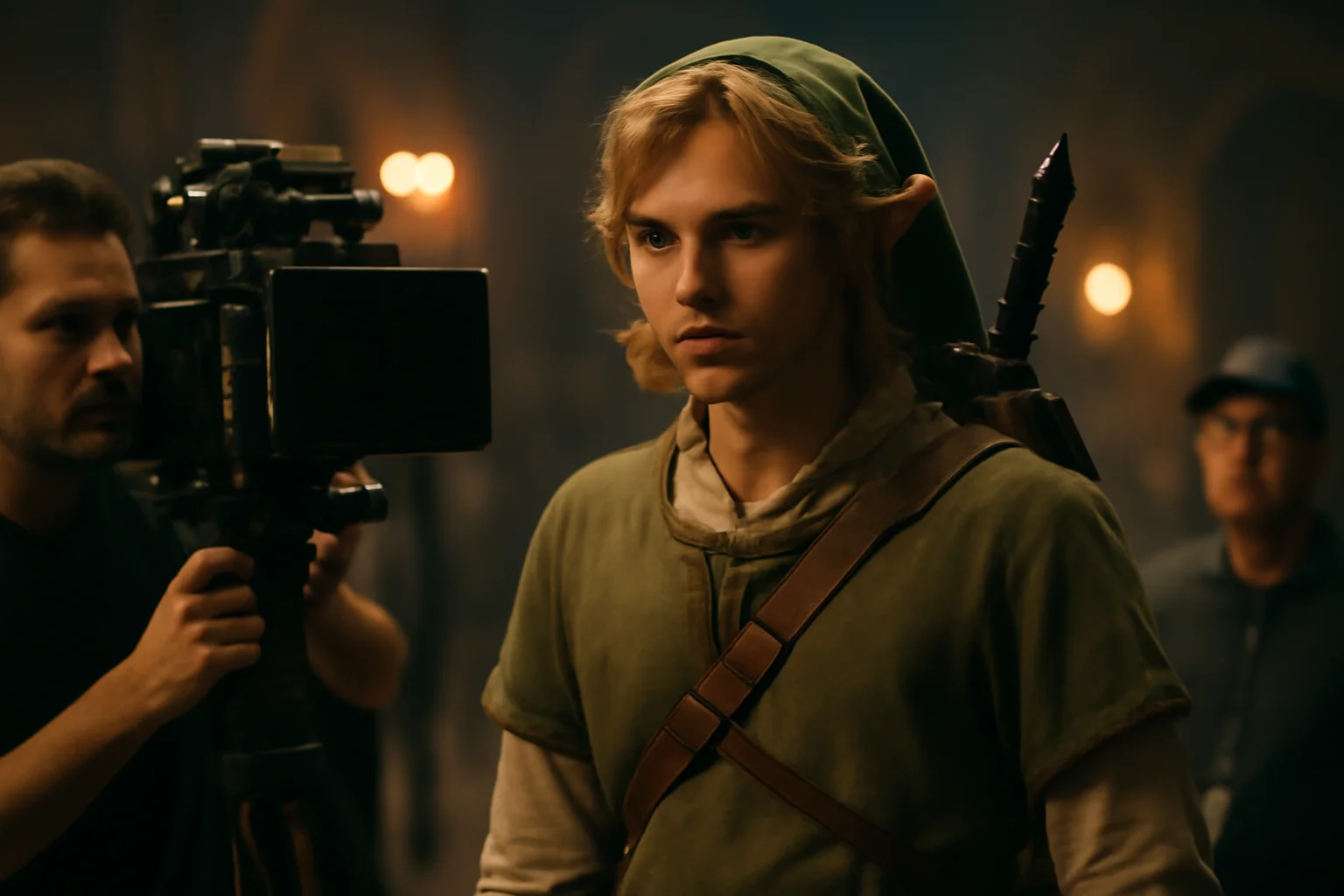
Bringing Zelda to the big screen is not just an artistic endeavor; it is a test of faith, vision, and cultural stewardship.For Nintendo, Sony, and the entire creative team, the stakes could not be higher—success would affirm the power of video games as a storytelling medium, while failure could haunt the franchise for years to come.The legacy of “The Legend of Zelda” is not simply measured in sales or awards, but in the countless lives shaped by its stories of courage, friendship, and hope.Every decision, from casting to script, carries the weight of expectation from generations who grew up exploring Hyrule’s secrets.For the actors, the challenge lies in honoring beloved characters while forging new paths—balancing respect for the past with a willingness to take risks and surprise the audience.For the creative team, the film represents an opportunity to redefine what fantasy cinema can achieve, blending emotional depth, visual wonder, and narrative ambition.As the countdown to release continues, the world waits to see if Zelda’s legend will shine brighter than ever or fade in the shadow of expectation.Reviews, box office numbers, and fan response will ultimately determine the film’s place in history, but its impact has already begun.The conversation around adaptation, representation, and creative fidelity will echo long after the final credits roll.In the end, the true stakes are not just commercial, but cultural—the forging of a new legend for a new age.
Advertisement
10. Zelda’s Legacy Continues
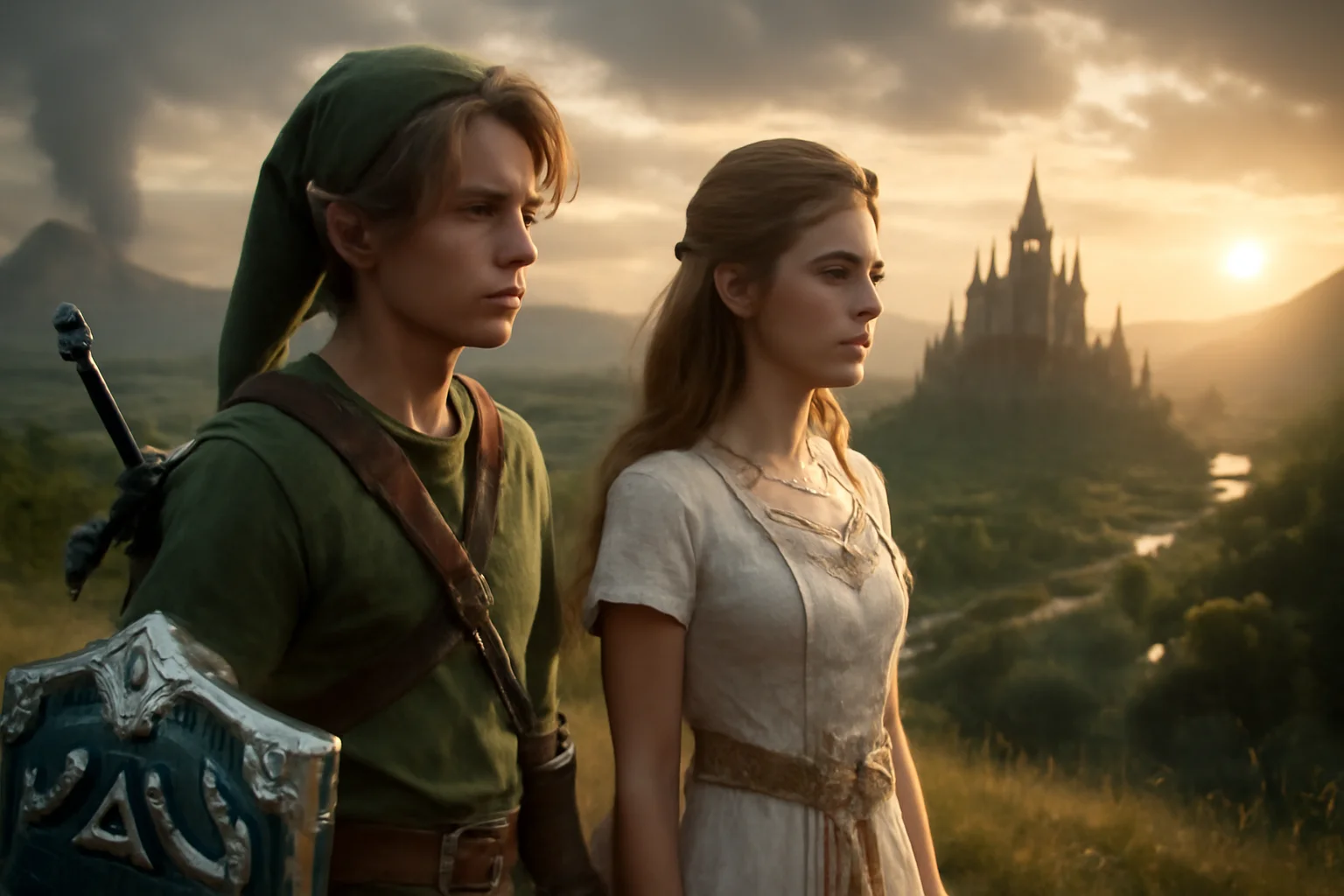
As May 7, 2027 draws closer, the live-action “Legend of Zelda” stands poised to enter the pantheon of fantasy cinema.The journey from pixelated adventure to silver screen epic has been shaped by visionaries, risk-takers, and a passionate global community that refused to let the legend fade.Bo Bragason and Benjamin Evan Ainsworth now stand ready to lead a new generation into Hyrule’s depths, their performances carrying the hopes and dreams of millions.Director Wes Ball, with the guidance of Miyamoto and a devoted team, has crafted a film that promises both homage and innovation—a true celebration of everything that makes Zelda endure.Fans await the first full trailer, the first sweeping shot of Hyrule, the first glimpse of Ganon’s menace and Zelda’s resolve.Merchandise, fan theories, and advance ticket sales will follow, building toward a cultural crescendo unlike any other.Regardless of outcome, the film will cement Zelda’s place in the pop-culture canon, inviting debates, celebrations, and new adventures for years to come.As the legend is retold, reimagined, and renewed, one truth remains: the courage to dream, to create, and to believe is as vital now as it was in 1986.The saga continues, the adventure beckons, and a new dawn rises over Hyrule.The world stands ready, hearts alight with the promise of legend—because, after all, it’s dangerous to go alone.
Advertisement
Advertisement
You May Also Like

